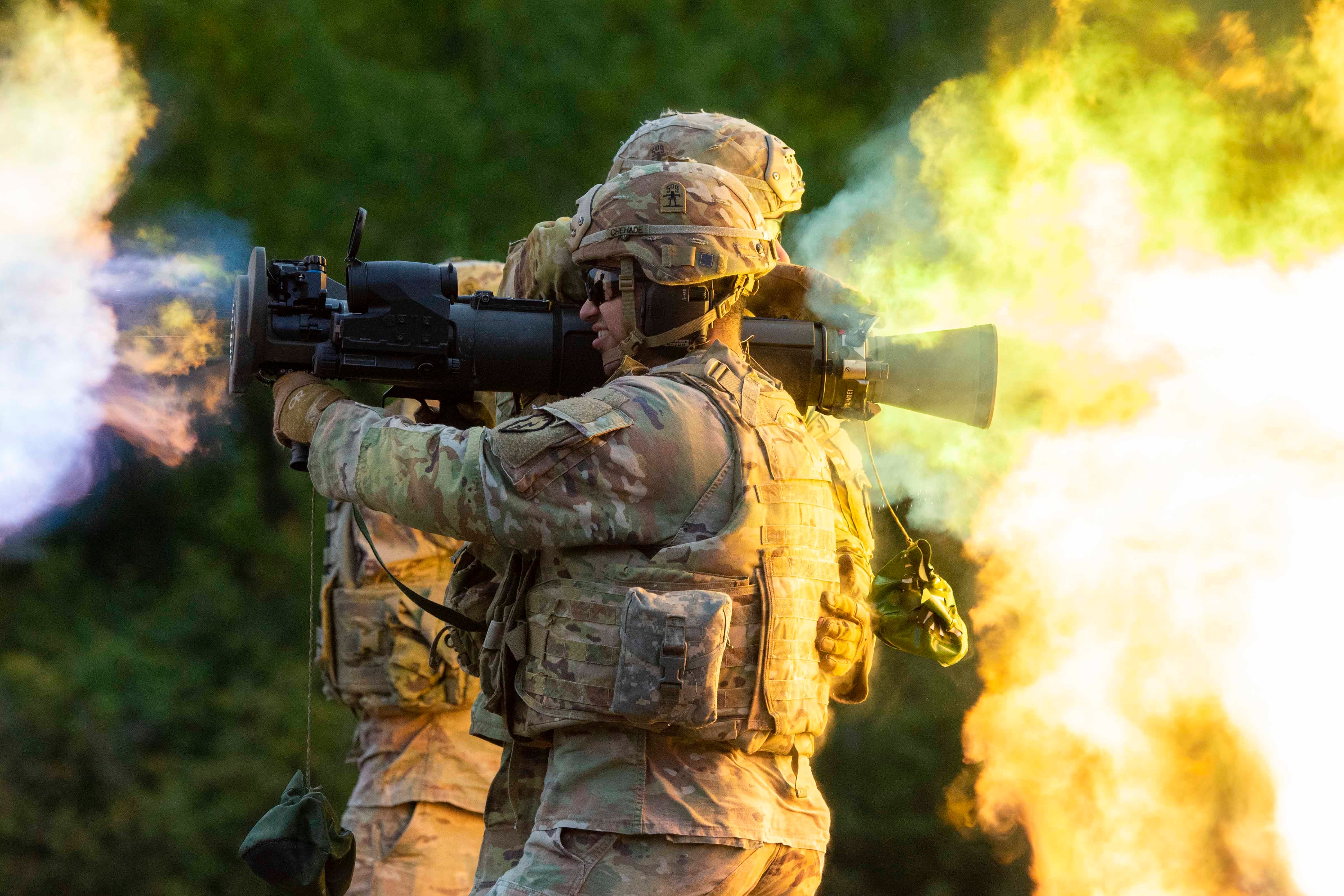Nearly half a million service members suffered traumatic brain injuries in the past two decades, but the Defense Department isn’t sure exactly how many, how they are being treated or how they are doing now, according to the Pentagon’s inspector general.
A DoD inspector general report released Monday found inconsistencies with how the military health system handles screening, tracking and treating brain injury, often because the existing process is cumbersome. It concluded that DoD is “unable to accurate identify, treat and track” incidents of brain injury across the forces.
The report shows the Pentagon is still trying to grapple with the so-called invisible injury of war, after two decades of combat in the Middle East and South Asia, which means such injuries could plague the military population for decades to come, unacknowledged and untreated by the military health system or the veterans health system.
The report estimates at least 459,000 troops experienced brain injury while in service between 2000 and 2022, some of whom now suffer from chronic TBI symptoms, which can effect service members’ ability to deploy, job performance, and quality of life, the report said.
DoD has embraced the report’s major recommendations, and is working to implement them, Navy Cmdr. Nicole Schwegman told Military Times on Wednesday. That includes developing a “TBI Oversight strategy and action plan and the creation of a TBI Program of Record that addresses resourcing as well as standardized programming and referral standards,” Schwegman said.
The report recommends the Pentagon’s health and personnel departments review the current brain injury diagnostic tool; make the 72-hour follow-up with a patient a requirement, not an option; create a standard protocol for that second appointment; and establish oversight to make sure the injuries are documented the same way across all services, the better to track them.
RELATED

The report follows a 2021 evaluation that found U.S. Central Command hadn’t properly documented and tracked over 100 TBIs sustained after an attack at an Iraqi air base.
This week’s report found that most military treatment facilities were treating the 14-page, multi-part Military Acute Concussion Evaluation 2 form like a menu; 10 out of 14 clinics only filled out parts of the form. And only 6 out of 10 were using it for follow-up care during the healing process. The form requires clinicians to measure symptoms as varied as short-term memory to word finding to grip strength.
One medical practitioner told investigators that the form “falls to the wayside because it is not useful and takes too long to complete,” according to the report.
On top of that, providers were not consistently updating troops electronic health records to include their possible or diagnosed traumatic brain injuries, making it harder to track their conditions and follow up on care.
The inspector general also found that only 41% of patients with diagnosed mild traumatic brain injury had 72- hour follow-up appointments, despite policy recommending them, because the policy doesn’t explicitly lay out a requirement.
In turn, during 2021, only 33% of mildly brain-injured patients completed a 72-hour follow-up, according to the report.
Meghann Myers is the Pentagon bureau chief at Military Times. She covers operations, policy, personnel, leadership and other issues affecting service members.




